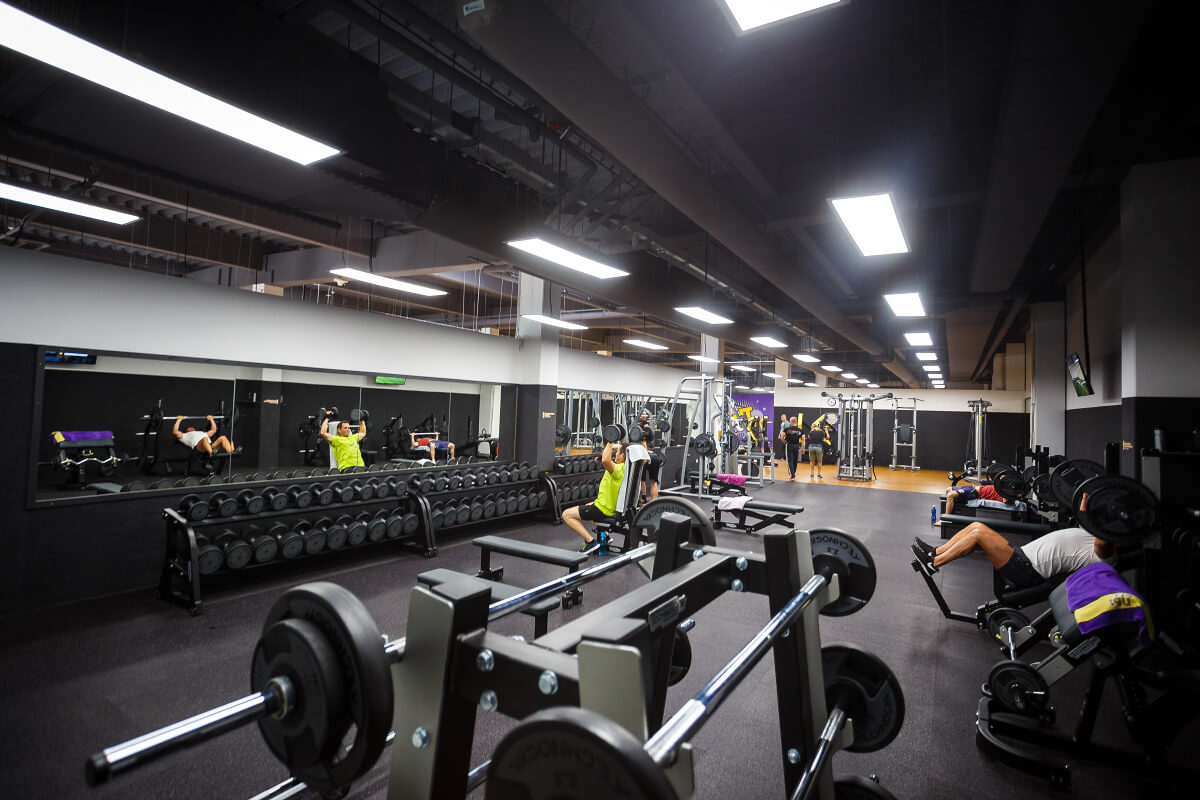Introduction
Once upon a time, fitness in Australia was all about gym memberships, bootcamps at the park, and early morning runs along the beach. But in recent years, especially since the pandemic, the way Aussies approach fitness has been undergoing a massive transformation. Instead of queuing up for a treadmill or driving to a spin class, more people are sweating it out in their living rooms, garages, or backyards—thanks to the rise of online fitness programs. This shift reflects not just a trend, but a redefinition of how Australians see health, convenience, and community in the digital age.
A Historical Look at Fitness in Australia
Traditionally, fitness in Australia has been strongly tied to community and lifestyle. Local gyms became hubs for socialising as much as training. Outdoor bootcamps, surf clubs, and sporting teams defined the Aussie approach to staying active. Fitness wasn’t just about exercise—it was part of the cultural fabric, often linked to the great outdoors and camaraderie. However, this setup also required time, money, and geographical access, making consistent participation challenging for some.
See more: What Is a Pilates Sitting Box and Why You Might Need One
The Shift to Digital Fitness
Several factors have propelled the boom in online fitness programs:
- Technology: Smartphones, faster internet, and streaming platforms have made on-demand workouts accessible anytime, anywhere.
- Busy Lifestyles: Between work, family, and commuting, many Aussies found it hard to commit to set gym schedules. Online options offer a flexible solution.
- COVID-19 Pandemic: Lockdowns forced gyms to close, creating a sudden demand for virtual fitness. Many who tried it then never turned back.
- Affordability and Convenience: Online programs often cost less than traditional gym memberships, with no travel time required.
These factors combined have made online fitness not just a backup option, but a mainstream choice.
Benefits of Online Fitness Programs
The rise of digital fitness platforms has unlocked a range of advantages:
- Flexibility: Work out at any time of day, whether at dawn or midnight.
- Accessibility: Australians in rural or remote regions can access world-class trainers without traveling.
- Variety: From yoga and HIIT to dance and Pilates, online platforms offer an endless selection.
- Cost-effectiveness: Many platforms are cheaper than gyms, and some even provide free content.
- Personalisation: AI-driven apps and tailored workout plans help users meet specific goals.
Challenges and Concerns
Of course, the digital shift isn’t without its downsides:
- Lack of In-person Motivation: Without a trainer or workout buddies nearby, it can be harder to push limits.
- Screen Fatigue: For those already working remotely, another hour on a screen may feel draining.
- Accountability Issues: Skipping a session at home is far easier than missing a gym class.
- Quality Control: Not all online programs are created equal, and some may lack professional guidance or safety precautions.
Success Stories and Digital Communities
Despite the challenges, online fitness has created thriving communities. Aussies have joined live-streamed classes, fitness apps, and private Facebook groups that replicate the support of a gym environment. For example, platforms like Keep It Cleaner and Centr by Chris Hemsworth have gained huge followings, with users celebrating milestones and sharing progress online. These stories show that digital fitness is more than exercise—it’s a new way of connecting.
Future Trends in Digital Fitness
Looking ahead, the online fitness space in Australia is set to become even more innovative. We’re already seeing:

- AI Trainers that analyse form and give real-time feedback.
- VR Workouts that immerse users in virtual studios or scenic locations.
- Inclusive Programs designed for all ages, fitness levels, and abilities, ensuring accessibility for everyone.
As technology evolves, so too will the way Aussies engage with their health.
Conclusion
The rise of online fitness programs doesn’t mean the end of traditional gyms, but rather a reshaping of Australia’s workout culture. Gyms, bootcamps, and sporting clubs remain vital for those seeking in-person energy and structure. However, digital fitness has opened the door for more flexibility, inclusivity, and accessibility than ever before. Together, these options are giving Australians more freedom to define fitness on their own terms—and that’s a cultural evolution worth celebrating.



